4 PILLARS of Diet Plan
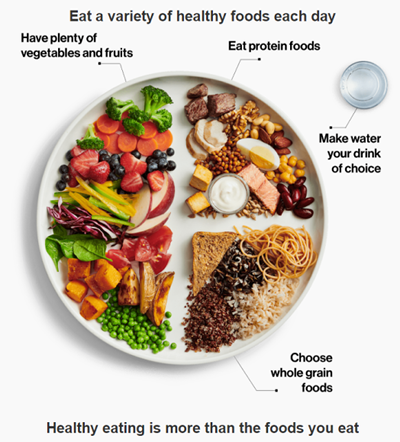
VARIETY
A varied diet prevents boredom and makes cooking fun

BALANCE
A balanced diet is one that provides the body with all the important and essential nutrients in order to function appropriately
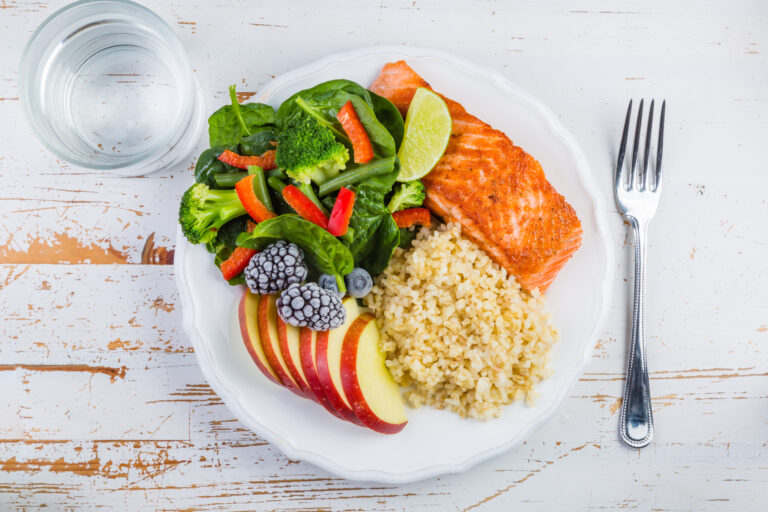
MODERATION
Moderation means not eating excessively, neither too much nor too little. Variety refers to eating diverse foods from each dietary group on a regular basis.

NUTRIENT DENSITY
Nutrient density is the amount of nutrients per calorie consumed. When we say energy, we're referring to calories. And "empty calories" are items that contain a lot of calories but have little nutritional value.
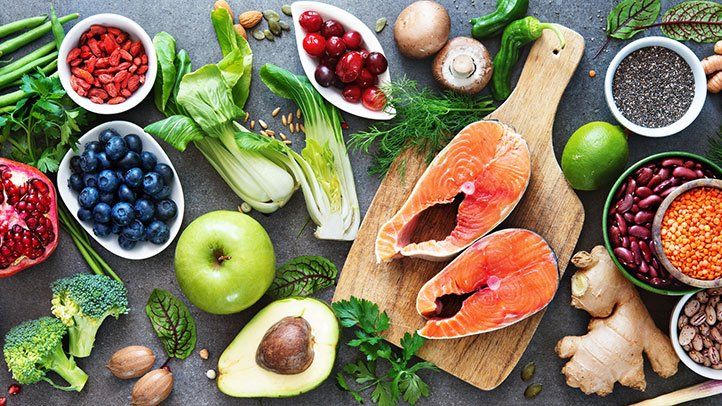
The Mediterranean diet
A Mediterranean-style diet is based on these foods: • vegetables • fruits • extra virgin olive oil • wholegrain breads and cereals • legumes or beans (e.g. chickpeas, kidney beans or lentils) • nuts and seeds • fish and seafood • onion, garlic and other herbs and spices (e.g. oregano, coriander, cumin etc.)
This diet’s emphasis on minimally processed foods and plants has been associated with a reduced risk of multiple chronic diseases and increased life expectancy. Studies also show that the Mediterranean diet has a preventive effect against certain cancers
Fruit: Three servings of fruit per day (one serving = 1/2 to 1 cup). Vegetables: Three-plus servings per day (one serving = 1/2 cup cooked or 1 cup raw). Legumes: Three servings per week (one serving = 1/2 cup). Nuts: At least three servings per week (one serving = 1/4 cup or 2 tablespoons nut butter).
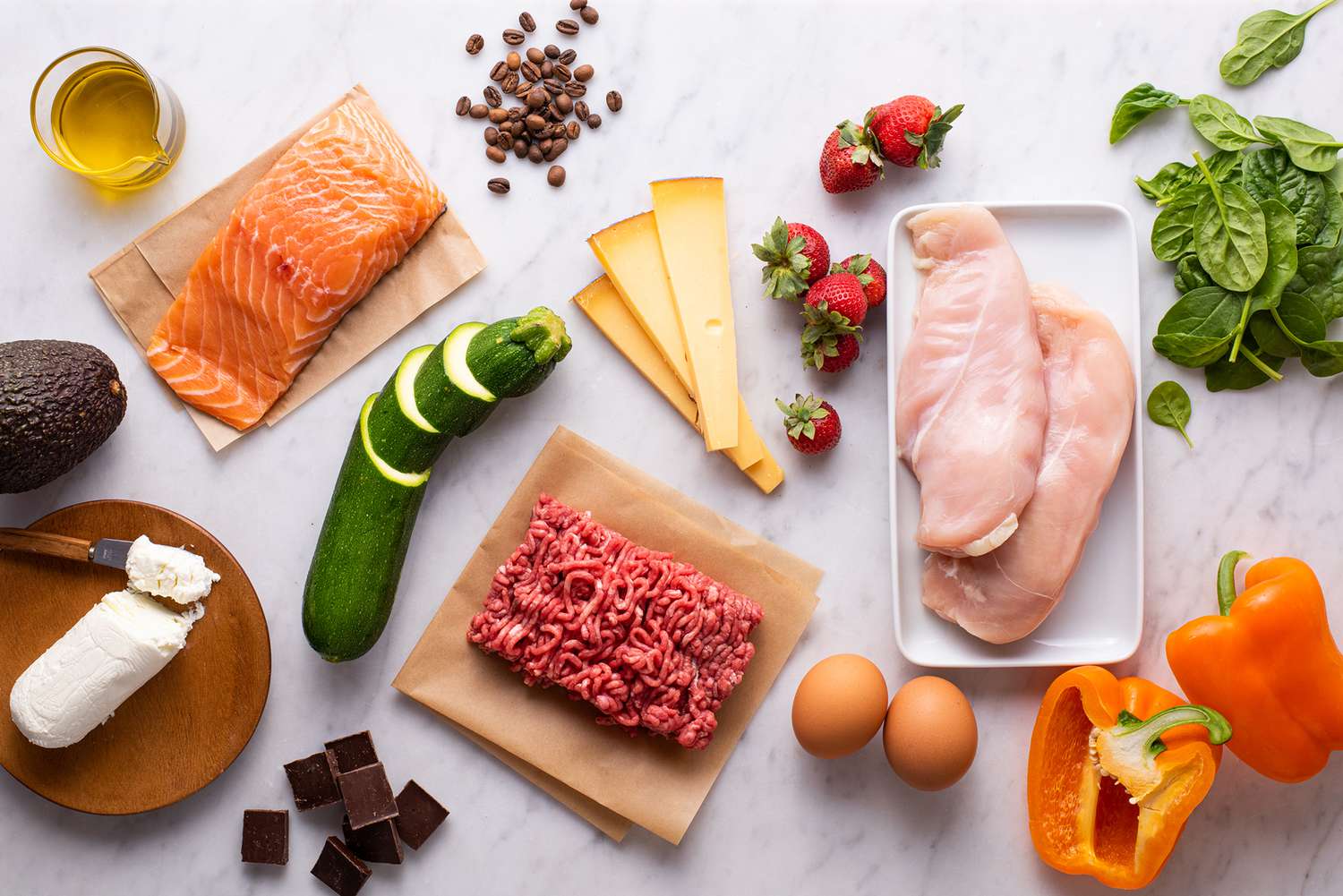
Ketogenic diet
The ketogenic diet involves eating relatively few carbohydrates and replacing them with fat to help your body burn fat for energy. Weight loss and a reduced risk of certain diseases are two potential health benefits.
Fish and seafood. Low-carb veggies. Cheese. Avocados. Poultry. Eggs. Nuts, seeds and healthful oils. Plain Greek yogurt and cottage cheese.
The ketogenic diet usually limits total carbohydrate intake to less than 50 grammes per day—less than the amount found in a medium plain bagel—and can go as low as 20 grammes per day. Popular ketogenic sites recommend an average of 70-80% fat from total daily calories, 5-10% carbohydrate, and 10-20% protein.

Plant-based diet
Plant-based or plant-forward eating patterns emphasise meals derived from plants. This includes nuts, seeds, oils, whole grains, legumes, and beans, as well as fruits and vegetables.
Plant-based or plant-forward eating patterns emphasise meals derived from plants. This includes nuts, seeds, oils, whole grains, legumes, and beans, as well as fruits and vegetables. This does not imply that you are a vegetarian or vegan who never consumes meat or dairy. Rather, you are proportionally selecting more of your foods from plant sources.
Vegetables, fruits, legumes, whole grains, seeds, and nuts are the highlight of any plant-based diet. More and more people appear to be adopting plant-based diets. According to recent study, plant-based diets can help you lose weight, improve your general health, and are also beneficial to the environment.

Low fat diet
A low-fat diet is a way of eating that places an emphasis on cutting back on fats, especially trans and saturated fats, and increasing the amount of carbohydrates and proteins that are consumed. A low-fat diet's main objectives are frequently to control weight, enhance general health, and lower the chance of developing chronic illnesses including heart disease and some types of cancer.
Numerous low-fat foods are high in vitamins, minerals, protein, and antioxidants, including fruits, legumes, and leafy greens. A lower risk of chronic disease and other health benefits have also been linked to some. Sweet potatoes are a substantial, low-fat root vegetable. In fact, one medium sweet potato has only about 0.1 grams (g) of trusted source of fat. Cruciferous vegetables are an excellent source of nutrients such as fiber, folate, and other minerals, as well as vitamins C, E, and K. broccoli Vegetables include cauliflower, Brussels sprouts, cabbage, bok choy, and turnips.
Leafy greens, including kale, spinach, and collard greens Swiss chard, romaine lettuce, and arugula are low in fat and high in nutrients. Legumes, often known as pulses, are a type of vegetable that comprises beans, peas and lentils. They are low in fat and free of cholesterol. They include high levels of fiber, protein, and B vitamins. Contains magnesium, zinc, and iron.
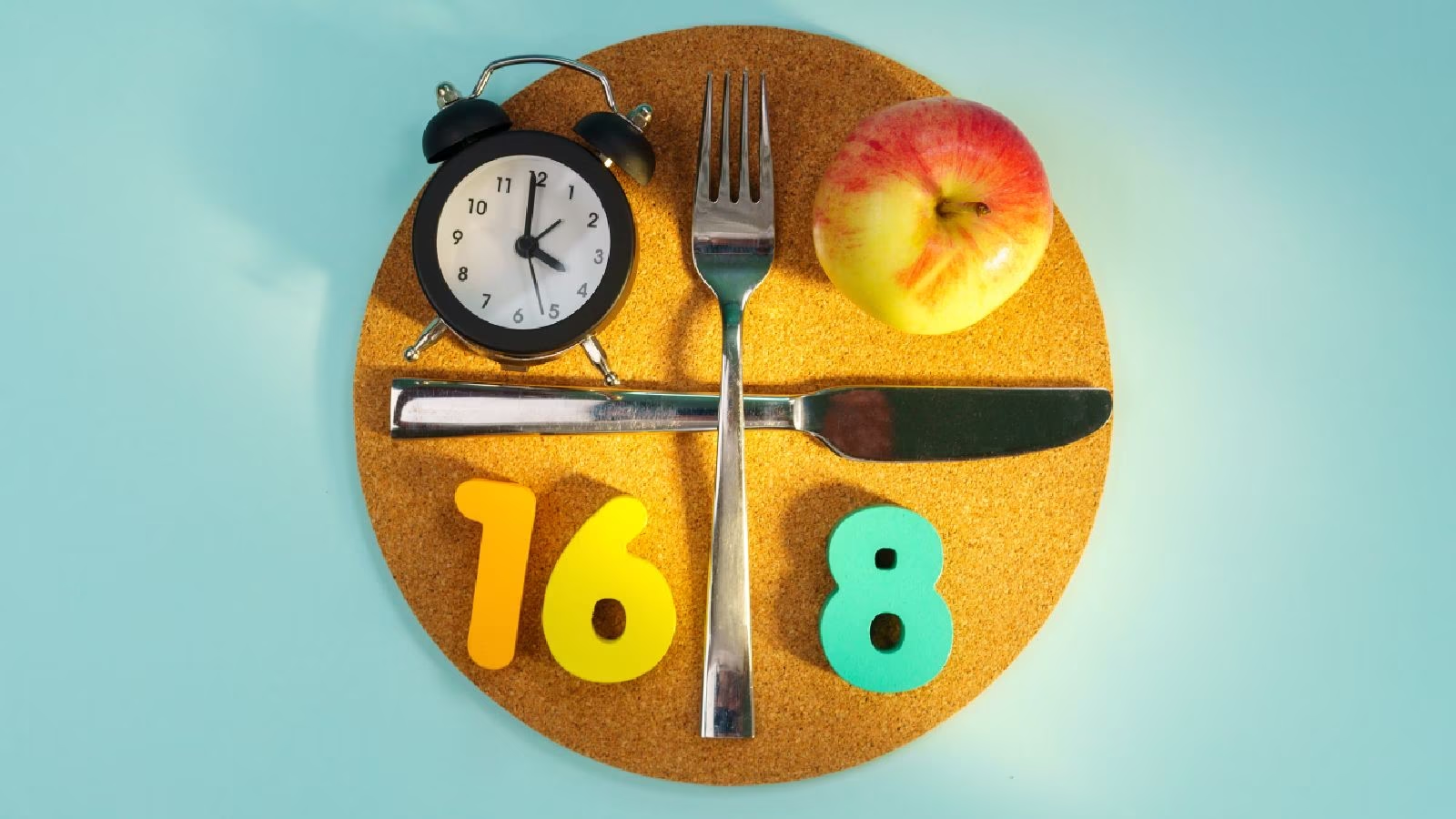
Intermittent Fasting
Intermittent fasting entails limiting your daily food intake to a specific period of time. It's gained popularity for weight loss and overall health benefits. Knowing what to consume during intermittent fasting can help you lose weight.
The practice of 16/8 intermittent fasting is limiting your intake of foods and calorie-containing liquids to an 8-hour window each day. You avoid eating for the next 16 hours, but you can still drink water and other low-calorie liquids like simple coffee or tea. You can repeat this cycle as many times as you want, anywhere from once or twice a week to every day, depending on your preferences.
To maximize the health benefits of your diet, stick to healthful whole foods and beverages during mealtimes. Consuming nutrient-dense foods helps to balance your diet and promotes a healthy weight. Balance each meal with a wide range of whole foods, such as: Fruits include apples, bananas, berries, oranges, peaches, pears, and tomatoes. Veggies include broccoli, Brussels sprouts, cauliflower, cucumbers, and leafy greens. Whole grains include barley, buckwheat, quinoa, rice, and oats. Healthy fats: olive oil and avocados. Protein sources include eggs, fish, beans, meat, poultry, nuts, and seeds. Drinking calorie-free beverages such as water, unsweetened tea, and coffee, even while fasting, will help you control your hunger while staying hydrated.
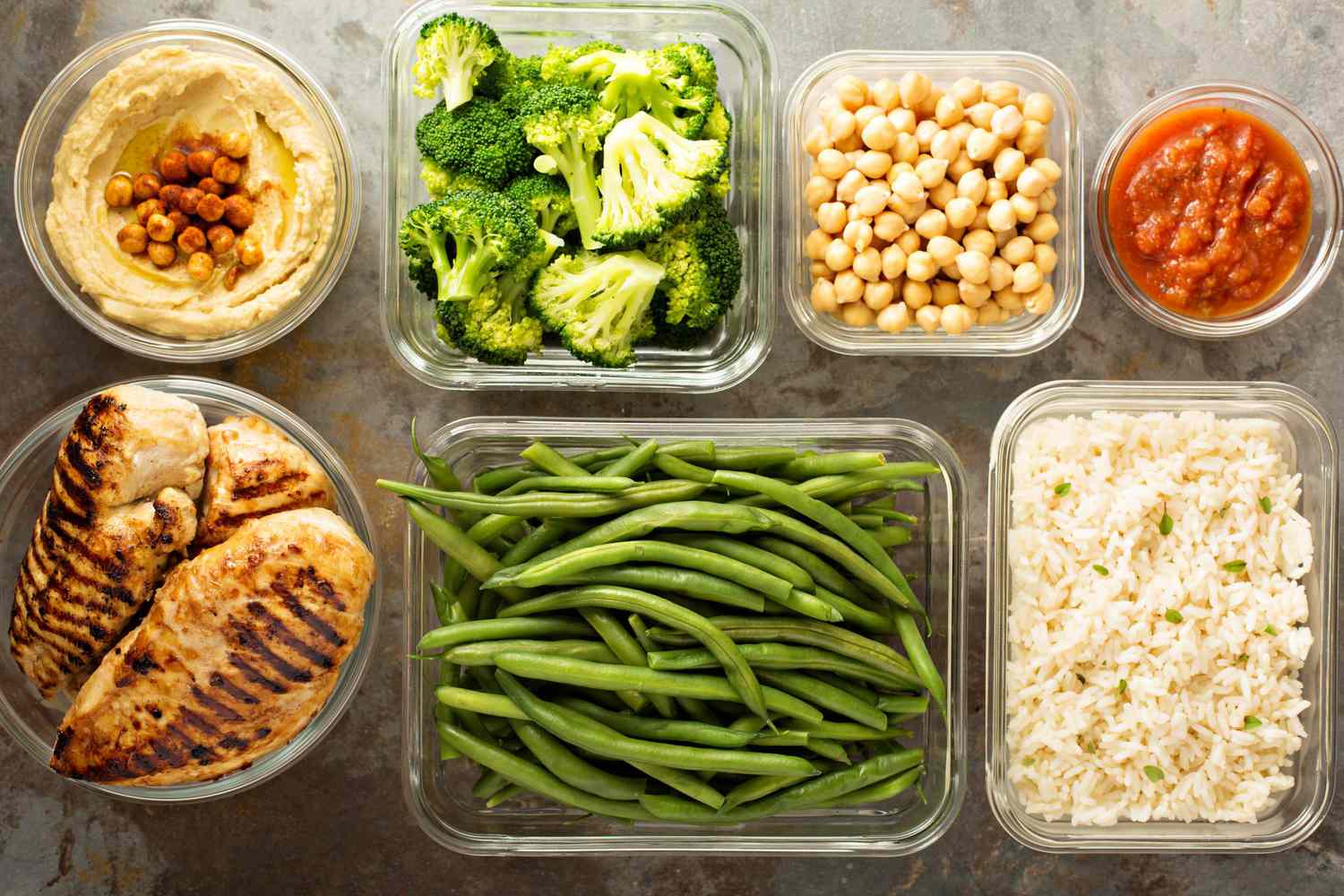
Weight loss diet plan
Caloric consumption and expenditure are the primary drivers of weight loss and gain. Simply put, you lose weight when you consume less calories than you spend, and you gain weight when you take more calories than you burn. To lose weight, all you have to do is eat within your calorie budget and burn the necessary number of calories.
Cucumber detox water (one glass) Oats Porridge with Skimmed Milk (1 Bowl) Mixed Nuts (25g) Skimmed Milk Paneer (100 g) Mixed Vegetable Salad (1 Katori) Dal(1 Katori)Gajar Matar Sabzi (1 Katori) Roti (1 roti or chapati) Cut fruit (1 cup) Buttermilk (one glass) Tea with Less Sugar and Milk (one cup) Mixed Vegetable Salad (1 Katori) Dal (1 Katori) Lauki Sabzi (1 Katori) Roti (1 roti or chapati)
Cucumber detox water (one glass) Skim Milk Yogurt (1 cup (8 fluid ounces)) Multigrain Toast (2 toasts) Skimmed Milk Paneer (100 g) Mixed Vegetable Salad (1 Katori) Sautéed vegetables with paneer (one katori) Roti (1 roti or chapati) Green Chutney (two tablespoons) Banana (0.5 tiny, 6 to 6-7/8" long) Buttermilk (one glass) Tea with Less Sugar and Milk (one cup) Mixed Vegetable Salad (1 Katori) Lentil Curry (0.75 Bowl) Methi Rice (0.5 Katori)
When it comes to choosing the right food, always go for good quality. Remember that your diet is your bank account, never compromise with it.
some tips
Nutrient Diversity: A well-rounded diet consists of a variety of foods that provide a wide range of nutrients. Include fruits, vegetables, entire grains, lean protein, and healthy fats.
Avoid Monotony: Eating a variety of foods helps prevent vitamin deficits and makes meals more exciting.
Appropriate serving sizes: Understanding and sticking to suitable portion sizes helps you manage your calorie intake and avoid overeating.
Mindful eating: To avoid overconsumption, pay attention to hunger and fullness signs.
Focus on Quality: Choose foods rich in vitamins, minerals, and other useful nutrients over those heavy in empty calories (sugary or processed meals).
Whole Foods: For greater vitamin absorption, focus on whole foods with minimal processing.
Individual Needs: Customize the diet to match your own health needs, preferences, and goals, such as weight loss, muscle gain, managing a medical condition, or enhancing overall well-being.
When planning meals, keep ethnic and dietary preferences in mind, as well as food allergies and intolerances.
Long-Term Adherence: Choose a diet plan that you can stick to over time. Extreme or too restrictive diets are difficult to stick to and can result in yo-yo dieting.
Flexibility: Allow yourself occasional indulgences and adjust the strategy to meet your lifestyle.
Adequate Fluid Intake: Drinking plenty of water is essential for overall health, digestion, and nutritional absorption. Aim to remain hydrated all day.
Consistent Eating Patterns: Eating at regular intervals can assist control metabolism and keep energy levels stable. Avoid skipping meals because it can lead to overeating later.
Awareness and enjoyment: Pay attention to what and how you eat. Eating deliberately and appreciating your meals might help with digestion and portion control.
Reducing Distractions To avoid overeating, do not eat when distracted (for example, while watching television).
"Healthy eating is a way of life, so it’s important to establish habits that are simple, realistic, and ultimately livable." - Horace
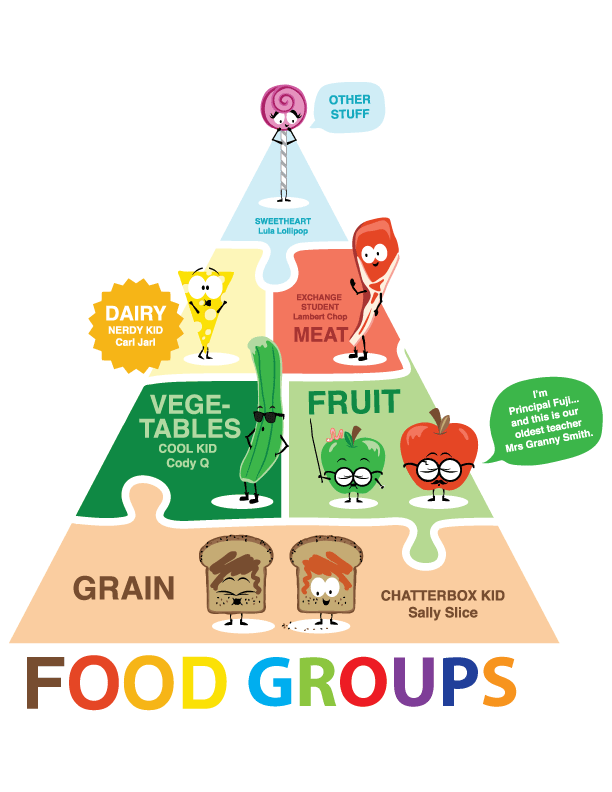
Pingback: The hidden dangers of obesity
Pingback: one of the best day is: Cheat day
Pingback: What foods are good for your 30s?